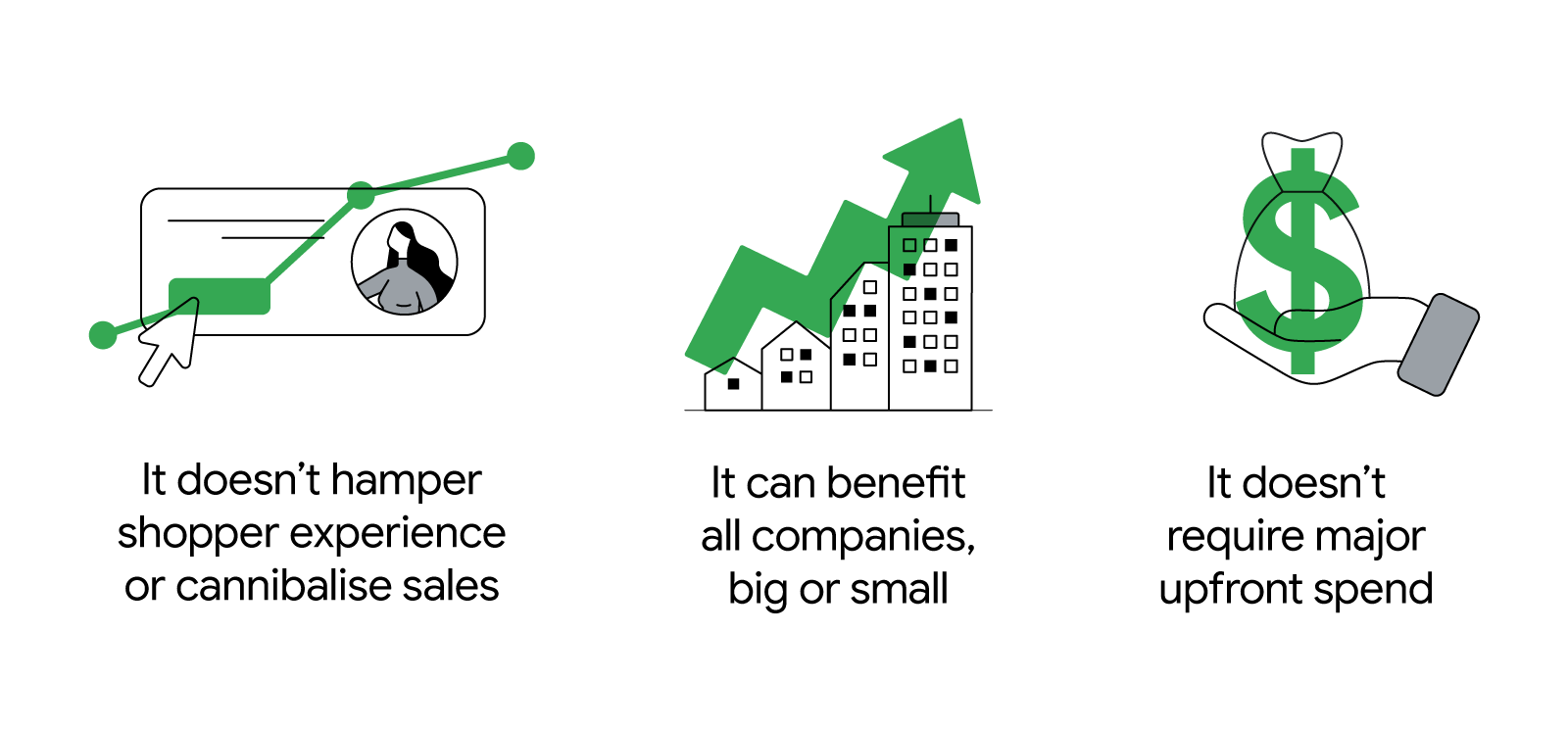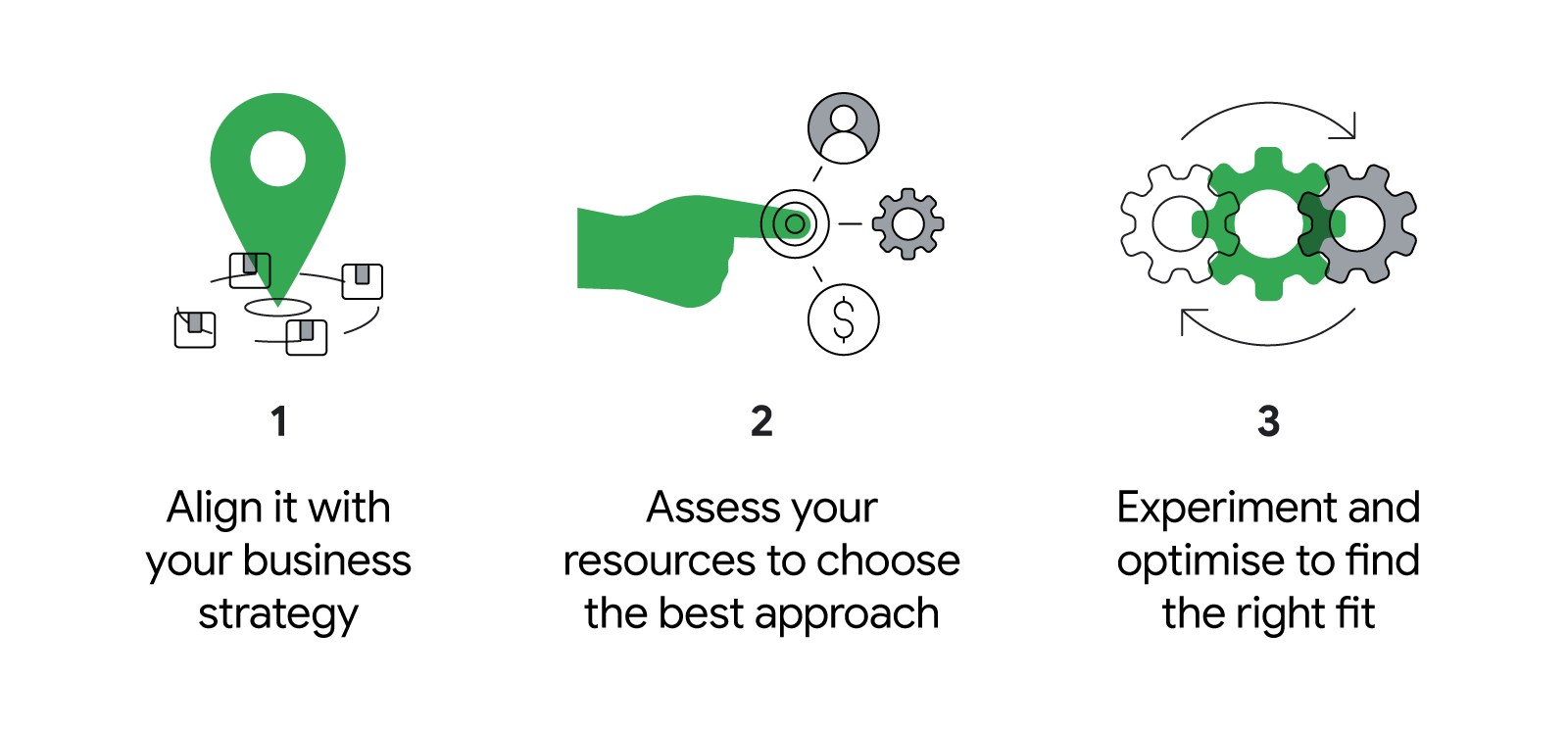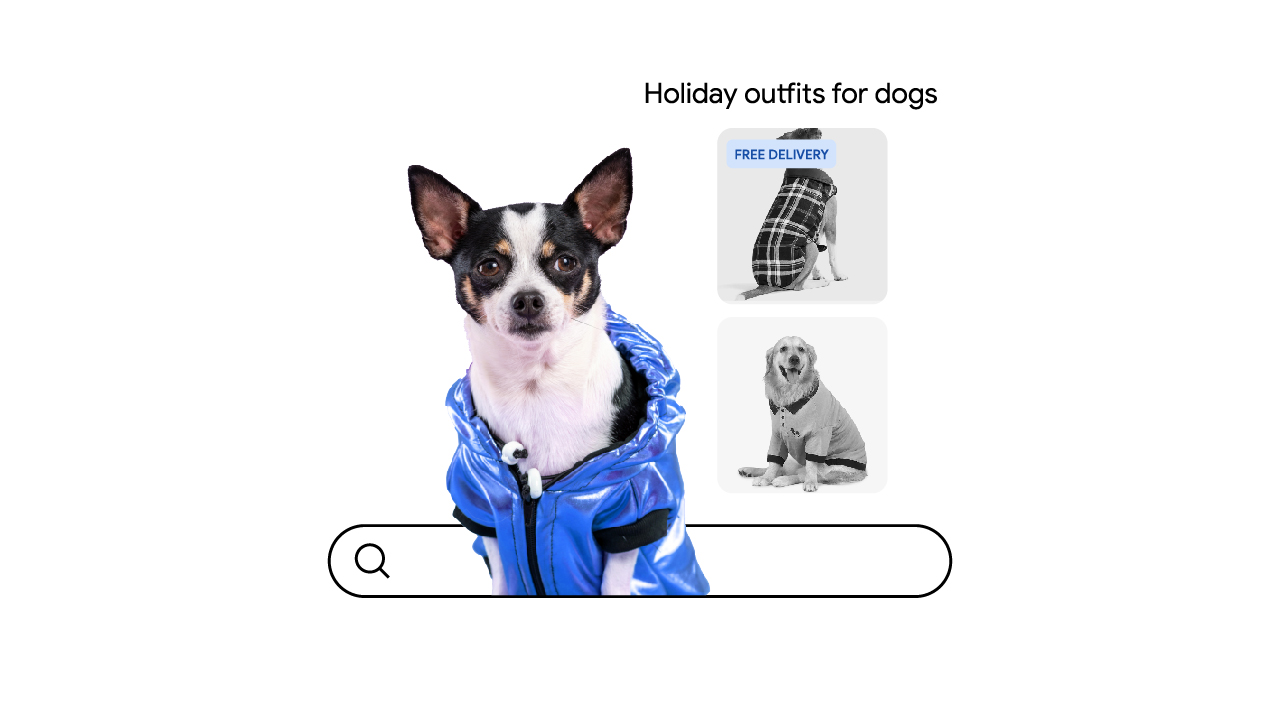With people embracing online shopping and services, one would expect commerce sites and apps to enjoy high user interest and business growth. Instead, they are finding it more challenging to win customers and raise profitability in an increasingly busy digital marketplace.1 There is, however, another way they can drive growth, which they might have overlooked — ad monetisation.
In a new joint study with Deloitte, we found that commerce brands, ranging from online and app-based businesses to e-commerce marketplaces, often pass up on the chance to sell their ad space to advertisers. The reason: misperceptions about ad monetisation, including the false belief that third-party ads will spoil the user experience, or that ad monetisation is costly to launch.2
The assumptions, however, don’t hold true. In fact, ad monetisation is already the norm in many industries, such as gaming, where a considerable portion of revenue comes from in-game ads. Commerce brands which are ahead of the curve have also successfully tapped into it.
To help your brand unlock growth from ad monetisation, we address common myths about it, and show how your site or app can generate ad revenue using a simple three-step framework.
Know the truth about ad monetisation and how to unlock ad revenue
Our study shows that commerce sites and apps have held back on using ad monetisation to grow bottom lines because of three common misperceptions about it. We examine the myths and spotlight the truths here.
3 truths about ad monetisation

Myth 1: Third-party ads create a poor shopping experience and weaken brand image.
Many commerce brands worry that introducing third-party ads on their sites and apps will result in a poor e-commerce customer experience, leading shoppers to click out, or worse, visit their competitors.3
What we found: Our study with Kantar shows that third-party ads neither hamper the shopping experience nor cannibalise sales. Furthermore, there are ad solutions that can manage the shopper experience while optimising ad sales.
For example, ad-blocking features in AdSense and AdMob enable commerce sites and apps, respectively, to set their desired control and parameters, and automatically block off-brand or competitor ads. They can also sell ads to their suppliers through Ad Manager to avoid diverting customers to competitor ads, and drive sales and revenue within their own platforms.
We even observed among early adopters that ad monetisation can contribute to significant revenue growth. Walmart, for example, launched ads on its website back in 2007 and expanded its ad business in 2018 to include different ad formats like video ads and buy box banners. In 2021, its global ad business alone generated $2.1 billion revenue.
Myth 2: Ad monetisation favours big businesses with a digital footfall to match.
Another common misperception is that ad monetisation is only valuable for big-name brands with significant website or app traffic, so smaller players hold off on it.
What we found: In fact, the revenue from ad monetisation is not determined by traffic alone. The calculation is based on how many ad units the business can sell, and at what price, with factors such as ad format, ad placement, and web or app traffic all influencing the final amount. Using the formula, businesses can easily calculate their estimated revenue from ad monetisation and assess its value as a revenue stream.
Myth 3: Significant upfront spend is needed for ad monetisation to work.
Some commerce brands are hesitant to monetise their ad space because they are under the impression that a hefty amount of resources and investment is needed for it.
What we found: As the ad industry matures, viable solutions have emerged and enabled commerce brands to venture into ad monetisation without heavy upfront investment in technology or operations. Ad solutions such as Google Ad Manager, AdSense, and AdMob, for example, enable brands to easily optimise ads for their web and app platforms and manage ad inventory to maximise revenue.
Ad monetisation offers more than just dollars and cents
Beyond the monetary gains that come from selling ad space, commerce sites and apps are also able to enrich the user experience, build a relationship with advertisers, and unlock opportunities to invest and grow in other areas.
Indeed, users of these sites and apps have found third-party ads on the platforms to provide a good experience. A coupon website that operates globally, for instance, shared in our survey how it used Search ads to deliver shopping deals that were highly relevant to its users’ search queries. The experience drove 2.7X growth in click-through rate and 6.1X year-over-year increase in ad revenue.4
User engagement with third-party ads also establishes commerce sites and apps as valuable platforms for advertisers to grow their audience and business. And for commerce brands, the incremental revenue from ad monetisation enables them to do more and drive greater business impact, including running marketing growth experiments without eating into bottom lines.
How to start on ad monetisation
To reap the benefits of ad monetisation, it’s important that commerce brands get off on the right foot. This simple three-step framework can help shape your ad business for success.
3 steps to start monetising your ad space

- Align ad monetisation with your business strategy
Identify the role ad monetisation will play as part of your overall business strategy. And regardless of whether it is a core revenue stream or an incremental source of income, make sure you use the right metrics to measure and drive the desired outcome.
- Assess your resources to choose the best approach
To decide if you should operate or outsource your ad business, find out what resources and expertise you have in-house, and the investment level you’re comfortable with, to make an informed decision.
- Experiment and optimise to find the right fit
Continuously test and iterate to find out what works best for your ad business, including the type of ad formats and placements.
One example of this framework in practice is the launch of an ad business by an APAC-based online marketplace whom we surveyed in our study. It dipped its toes into the ad business and started small by experimenting with third-party ads on its non-core business pages, which had less traffic than its core business pages, so as to mitigate any unintended impact on its users.
At the end of the trial, its non-core business sector, which had previously been underperforming, turned a profit due to ad monetisation. Moreover, it found that the user experience wasn’t compromised because its ad formats and content were aligned with its business, and they enriched the shopper experience.
An APAC-based online marketplace adopted ad monetisation and achieved:
Buoyed by the initial results, the online marketplace introduced ad monetisation into its core business pages and worked with Google to explore new ad formats such as Search and Shopping ads. Consequently, its click-through rate grew over 200% and the effective cost per thousand impressions doubled.
Additionally, the impressive results did not demand a large amount of resources. By using Google ad monetisation solutions, the online marketplace was able to run its ad business with just two staff managing the program and one providing technical support.
Now’s the time for commerce sites and apps to strike while the proverbial iron is hot. With an ad monetisation strategy aligned to overall business goals, commerce brands can enrich their platform offerings, provide a better user experience, and ultimately, unlock new areas for revenue and growth.







